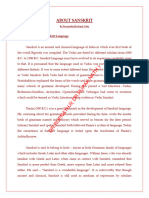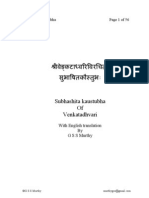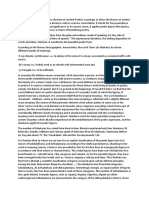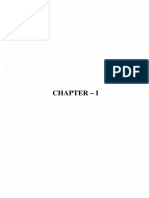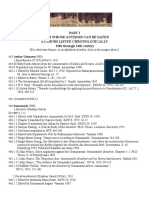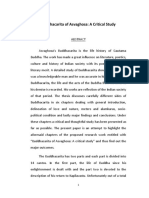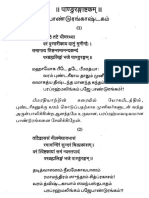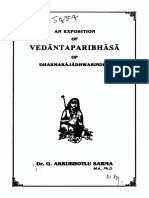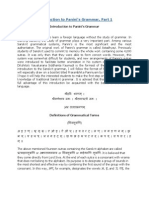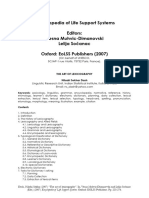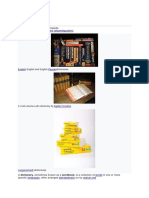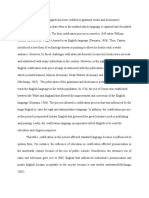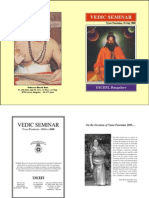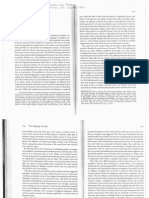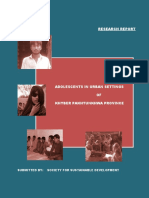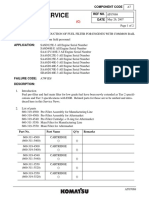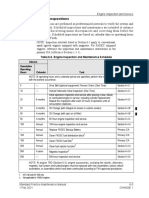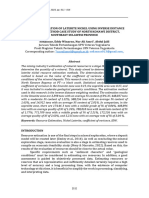100% found this document useful (2 votes)
828 views15 pagesHistory of Sanskrit Lexicography
The document discusses the history of Sanskrit lexicography or dictionary making. It begins with the origins of lexicography in ancient Sanskrit texts like the Vedas and Nighantus which were early dictionaries of difficult Vedic words. Classical Sanskrit saw the development of famous dictionaries like Amarakosha. The modern period saw dictionaries in Sanskrit and other languages that translated between Sanskrit and other languages. The document then lists and discusses 45 important classical Sanskrit dictionaries chronologically.
Uploaded by
Aroonwan KongmebholCopyright
© © All Rights Reserved
We take content rights seriously. If you suspect this is your content, claim it here.
Available Formats
Download as PDF, TXT or read online on Scribd
100% found this document useful (2 votes)
828 views15 pagesHistory of Sanskrit Lexicography
The document discusses the history of Sanskrit lexicography or dictionary making. It begins with the origins of lexicography in ancient Sanskrit texts like the Vedas and Nighantus which were early dictionaries of difficult Vedic words. Classical Sanskrit saw the development of famous dictionaries like Amarakosha. The modern period saw dictionaries in Sanskrit and other languages that translated between Sanskrit and other languages. The document then lists and discusses 45 important classical Sanskrit dictionaries chronologically.
Uploaded by
Aroonwan KongmebholCopyright
© © All Rights Reserved
We take content rights seriously. If you suspect this is your content, claim it here.
Available Formats
Download as PDF, TXT or read online on Scribd
/ 15









